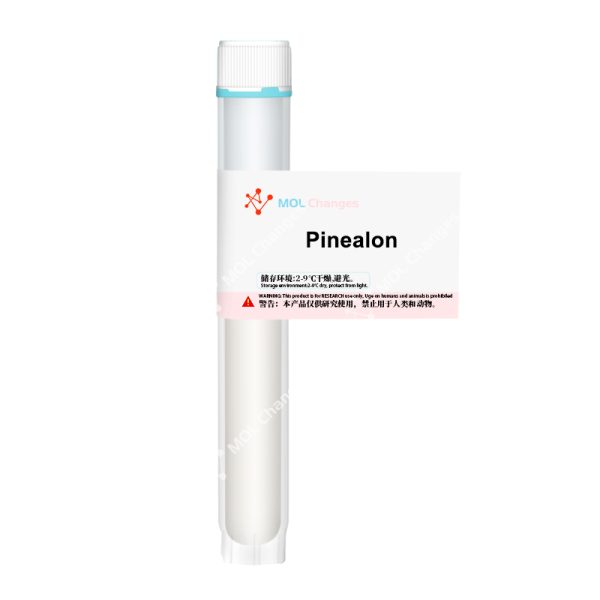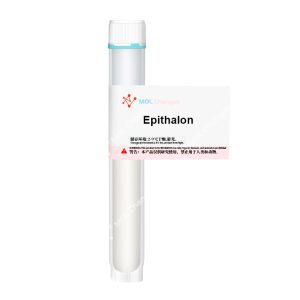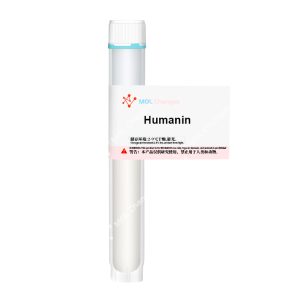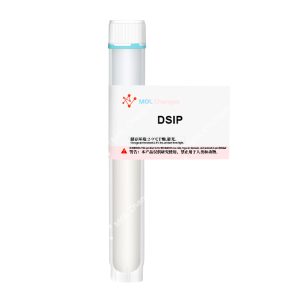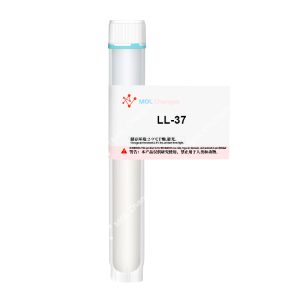Pinealon is a synthetic tripeptide with the specific amino acid sequence Glu-Asp-Arg.
As a bioactive peptide bioregulator, it was developed through the optimization and high-fidelity mimicry of natural neuropeptides; enhanced biological activity and various forms of stability being the primary priorities.
Continuous development has positioned Pinealon as a representative synthetic peptide within neuroprotection and all related aspects of cognitive enhancement.
Long term treatment shows favorable safety profiles; precision medicine targeting brain aging is the end goal.
Sequence
Glu-Asp-Arg
PubChem CID
18220191
Molecular Formula
C15H26N6O8
Molecular Weight
418.407
Pinealon Related Research
1.Mechanisms of Action and Therapeutic Potential:
Active upregulation of sirtuin-1 gene expression, accelerated mitochondrial energy production, and subsequently reduced oxidative stress are some of its more well documented effects.
Protecting hippocampal neurons from specific immunoglobulin-ab oligomer damage is another key function, initiation of apoptotic pathways being largely inhibited.
Significant breakthroughs in learning capacity and overall memory functions have been observed in studies.
Animal model experiments suggest potential cognitive decline and neurodegenerative disease inhibition.
At the cellular level neuronal repair, synaptic formation (number and quality) and to a large extent amyloid beta deposition/tau pathology are all improved by pinealon.
Preventing and treating cerebral ischemia, traumatic brain injury and chronic fatigue syndrome are all within reach of this multifaceted peptide.
2.Genetic Regulation and Gene Modification Function
The small peptide nature of pinealon gives it exceptional nuclear membrane permeability.
Direct chromatin interaction is possible.
Research into this area shows direct histone modifications as part of its mechanism – changing the very structure of chromatin.
Protective neuronal survival, differentiation and functional maintenance genes are transcriptionally activated by pinealon; harmful gene suppression follows as a secondary effect.
Optimizing gene expression from a ‘root level’ of health is one of the most interesting aspects of its action.
3.Enhancing Neurotrophic Factors
Brain-derived neurotrophic factor (BDNF) in particular, and all subsequent neuronal and synaptic plasticity, is a large part of what makes pinealon a truly remarkable and valuable neuroprotective agent.
4.Antioxidant and Neuroprotective Effects
Excessive accumulation of reactive oxygen species is a primary cause of neurodegenerative diseases.
Pinealon neutralizes these free radicals; upregulating various gene expression levels within the endogenous antioxidant system, significant intrinsic antioxidant defense capabilities are enhanced in neurons.
Inhibiting the more specific expression of pro-apoptotic signaling pathways, programmed neuronal death is prevented.
Cerebral ischemia-reperfusion injury and multiple neurotoxin models have shown clear evidence of Pinealon’s protective effects – pretreatment leads to reduced infarct size and substantial prevention of associated neuronal loss.
Acute brain injury and all subsequent chronic neurodegenerative processes are at least partially mitigated by this form of protection.
5.Enhancing Cognitive Function and Memory Consolidation
Comprehensive cognitive enhancing effects have been observed with Pinealon in numerous experiments.
Standardized tests (Morris water maze being the prime example, passive avoidance following closely) show the treated groups learning faster, exhibiting more precise spatial memory and to a large extent improved long term memory.
Optimizing neural network efficiency, some form of attentional focus and information processing is what Pinealon appears to affect – simple stimulant-like effects are not the end goal.
A true cognitive enhancer, at least in part, is what Pinealon represents.
COA
HPLC
MS




